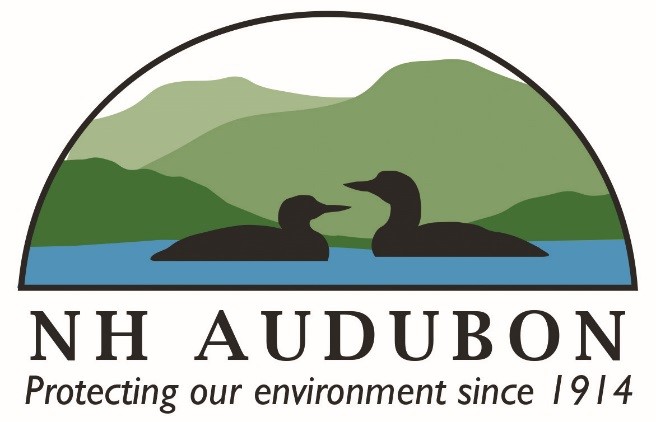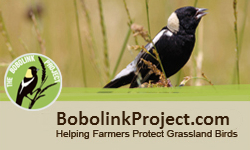FAQ's
Q: Why not just take donations? Why use money-back guarantees?
A: Donations often involve an open-ended process. Here, we are asking you to offer to pay for a specific wildlife service that farmers cannot provide without the participation of many residents. Unlike donations, by assuring everyone that we will return unneeded funds, our approach is more likely to bring more people to participate with their maximum offer of support. The money-back guarantee we use acts as a guarantee that your money will only be used to help preserve nesting habitat. We believe if people see their money will support a specific project, and are assured it will only go towards that project, they will contribute and participate more.
Q: Why are you using a new approach?
A: The Bobolink Project is a way to fix some of the problems traditional methods of preserving the environment have. For one, it's often difficult to know where your money is going, and how it's being used. Our approach guarantees you always know how your money was used, which we believe will bring more people into the process. It also solves another main problem with conservation: there is no direct way to connect your values to farmers and local landowners who can provide the conservation. Because there is no way to connect people with values like yours to landowners, farmers and others do not provide ecosystem services as much as they could. By connecting you to farmers in your area, we can all work together to provide nesting habitat and other environmental services.
Q: Isn't Vermont's government doing something very similar to this?
A: The NRCS in Vermont did start a program very similar to this. The government paid farmers not to mow their hayfields during nesting season, and the program had a large amount of success across the state. However, the program ended after the federal office of the NRCS decided it should not provide farmers for their lost income. This project is not necessarily meant to replace the hard work governments do in protecting natural resources. However, the experience with the NRCS clearly shows that relying on the government to provide environmental services has dangers. Our community-driven approach better connects your values directly with farmers, which we hope will also result in a more efficient use of resources.
Q: How much of my contribution goes directly to local farmers?
A: 100% of the money you contribute will go to local farmers in the area where you are contributing from (Aquidneck Island, RI; Jamestown, RI; or Addison and Chittenden Counties, Vermont). All of our research, advertising, and administrative costs are covered by a grant from the USDA.
Q: How do I know you will follow through on your promises?
A: The project has strict oversight from an internal review board at the University of Connecticut who ensures all promises are kept, that there is no deception, and that all money is handled as safely and securely as possible. Also, because this process uses the mail, the U.S. Postal service can enforce our promises under their anti-fraud rules.






